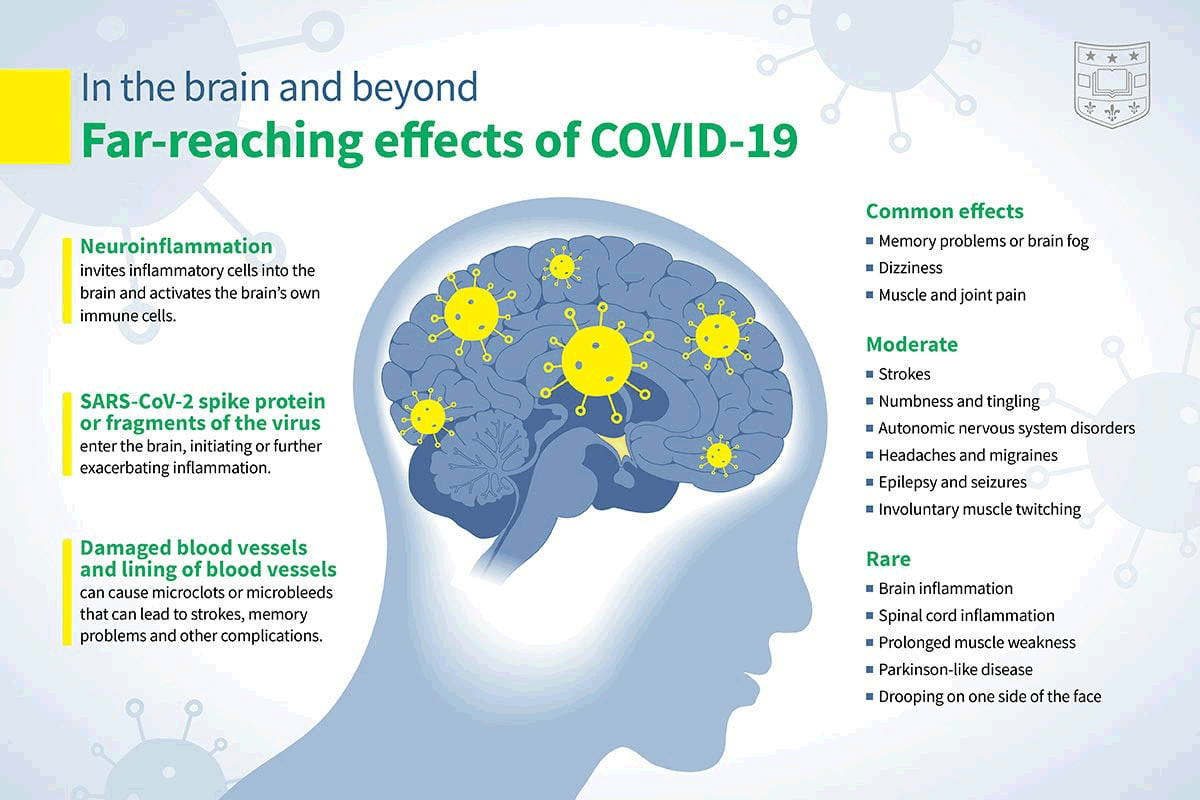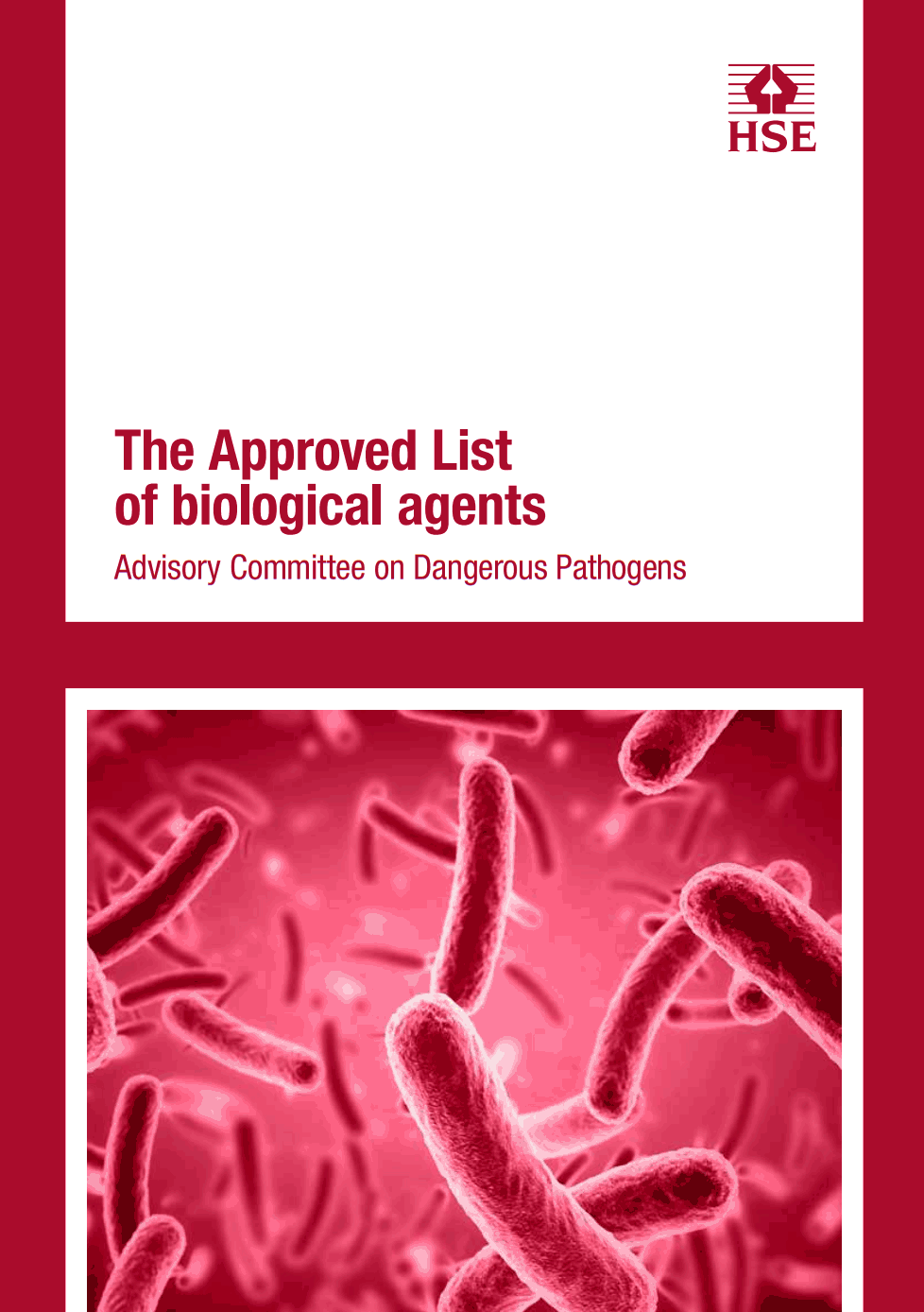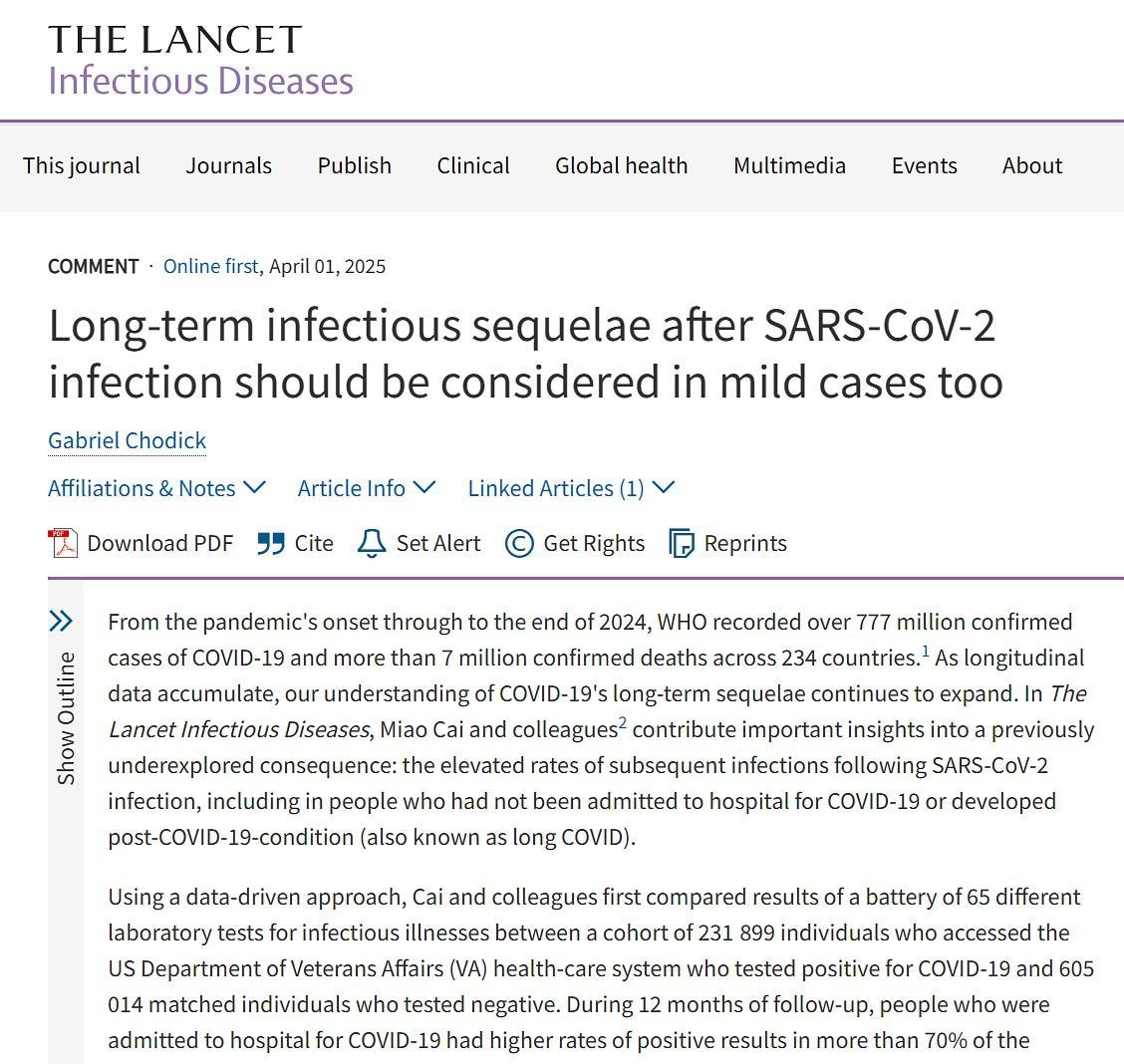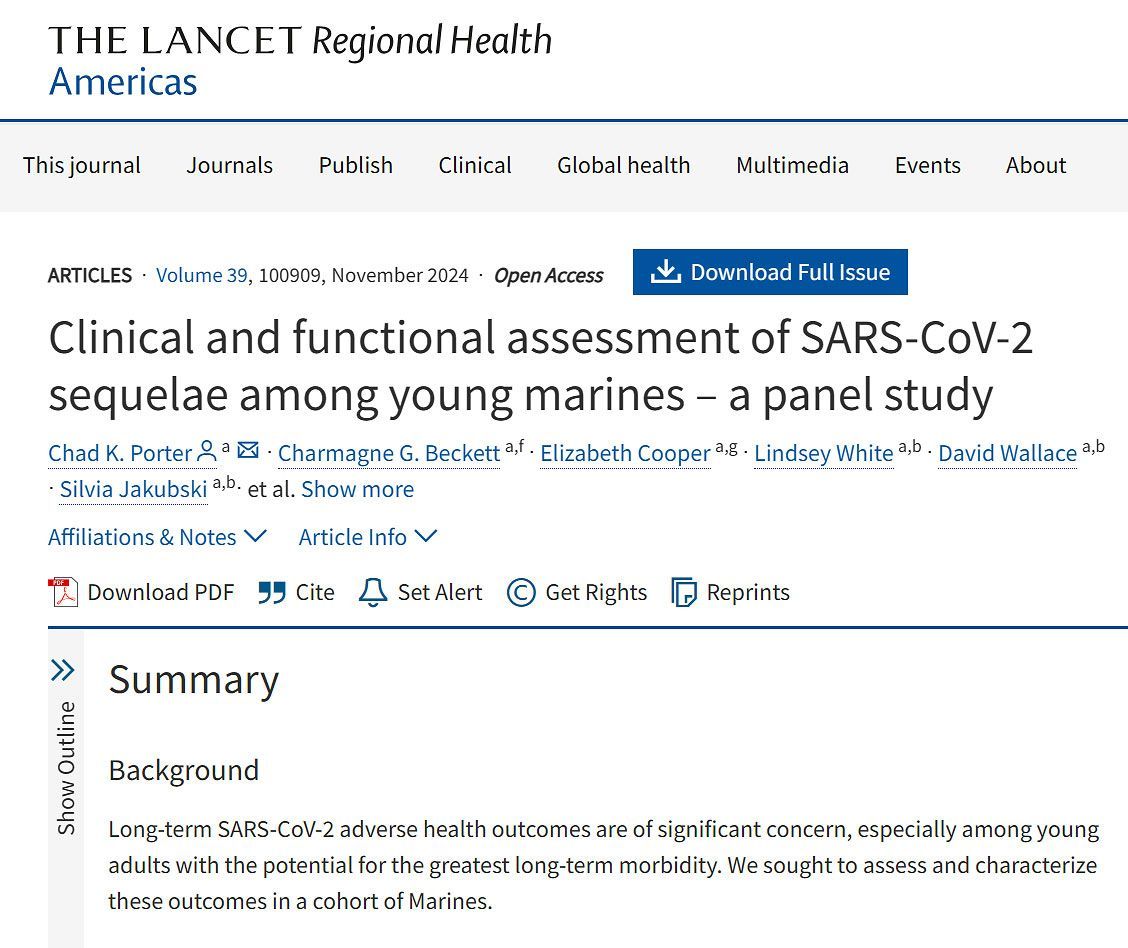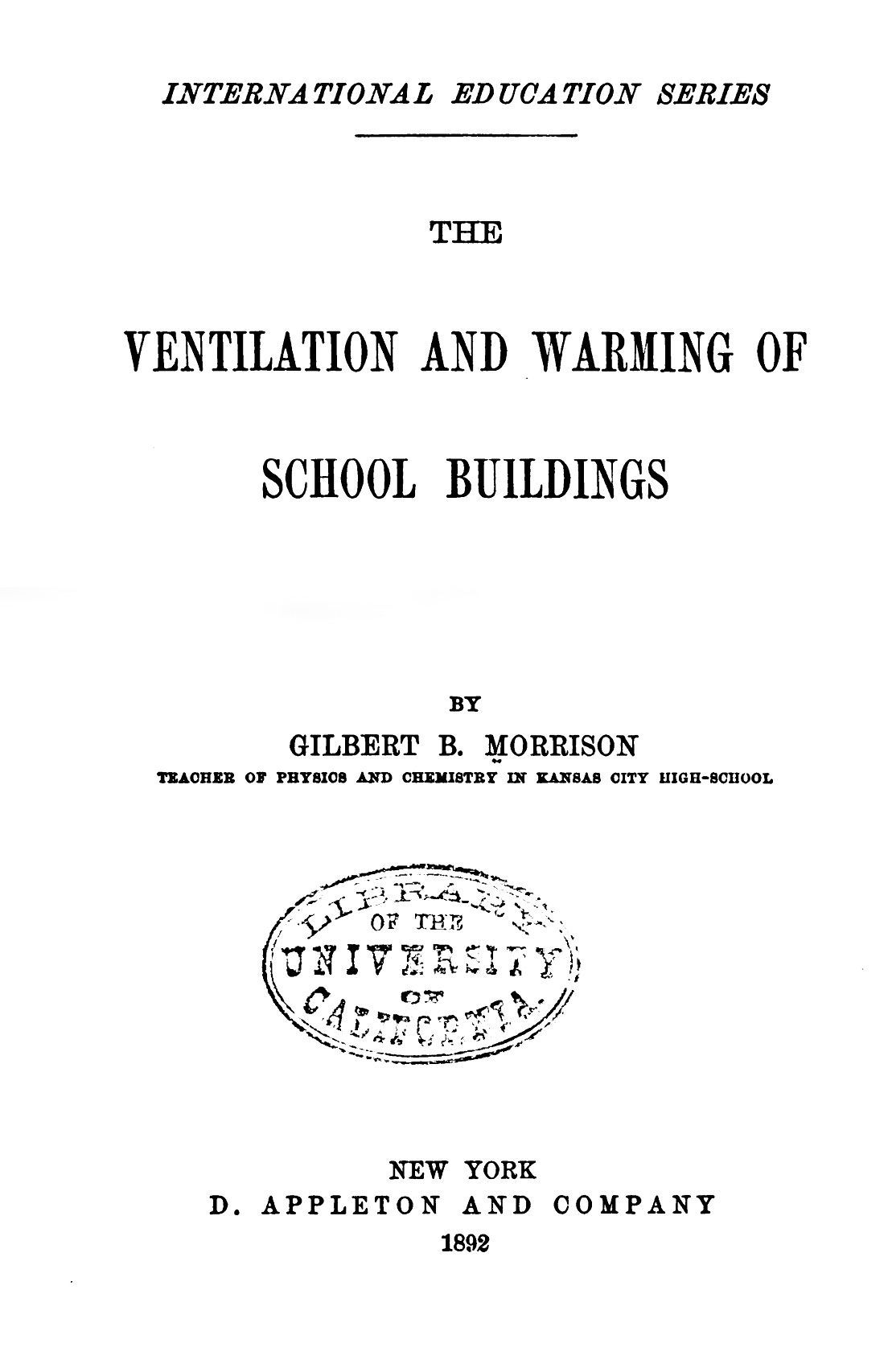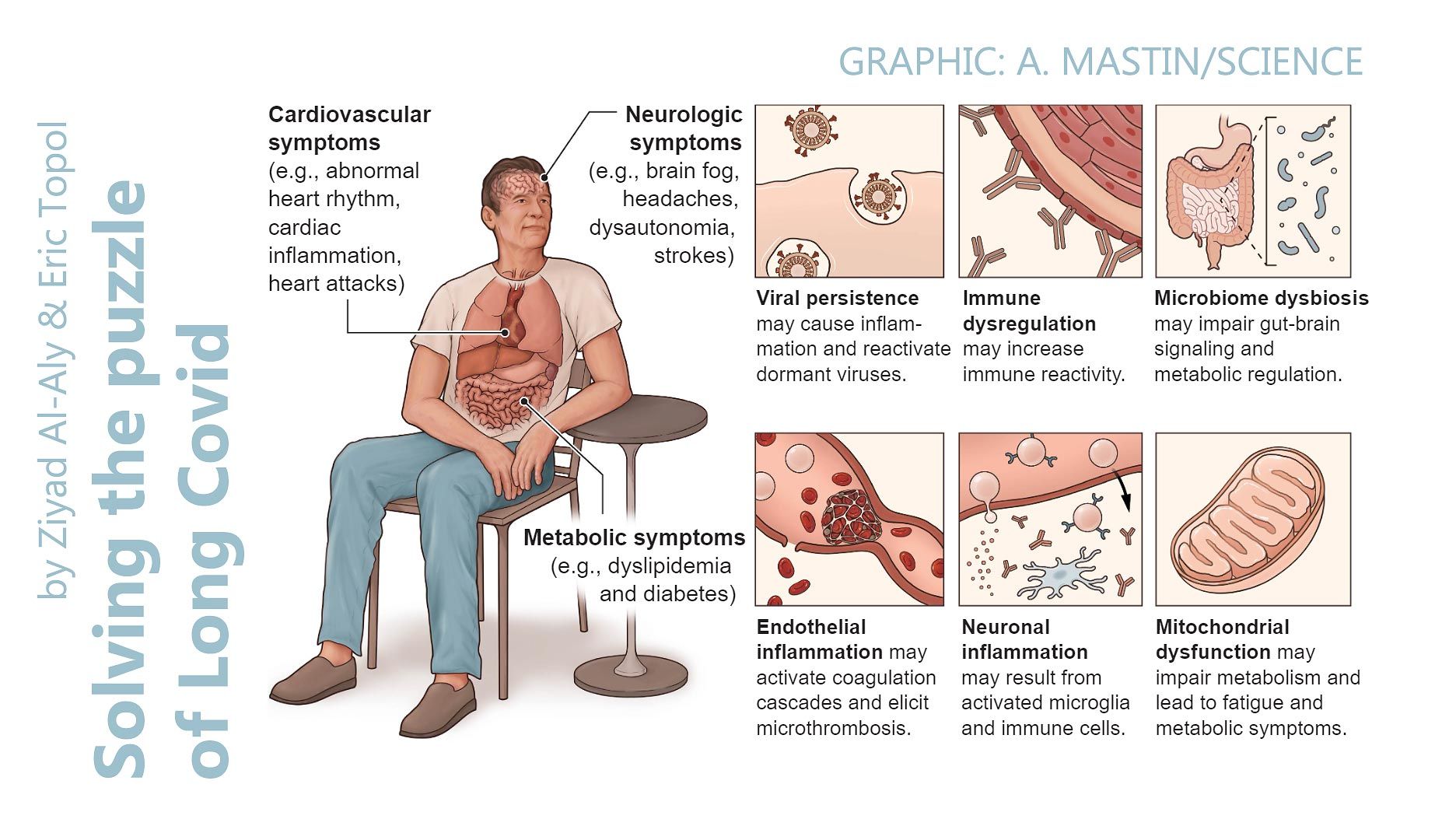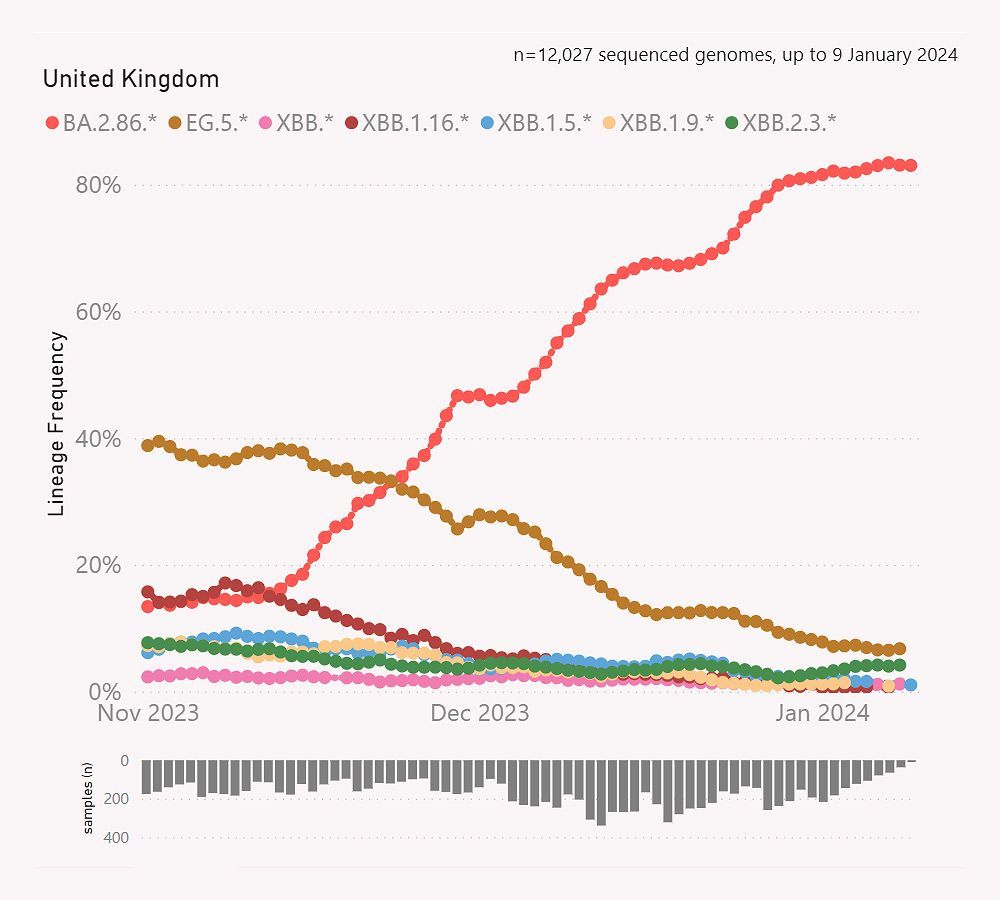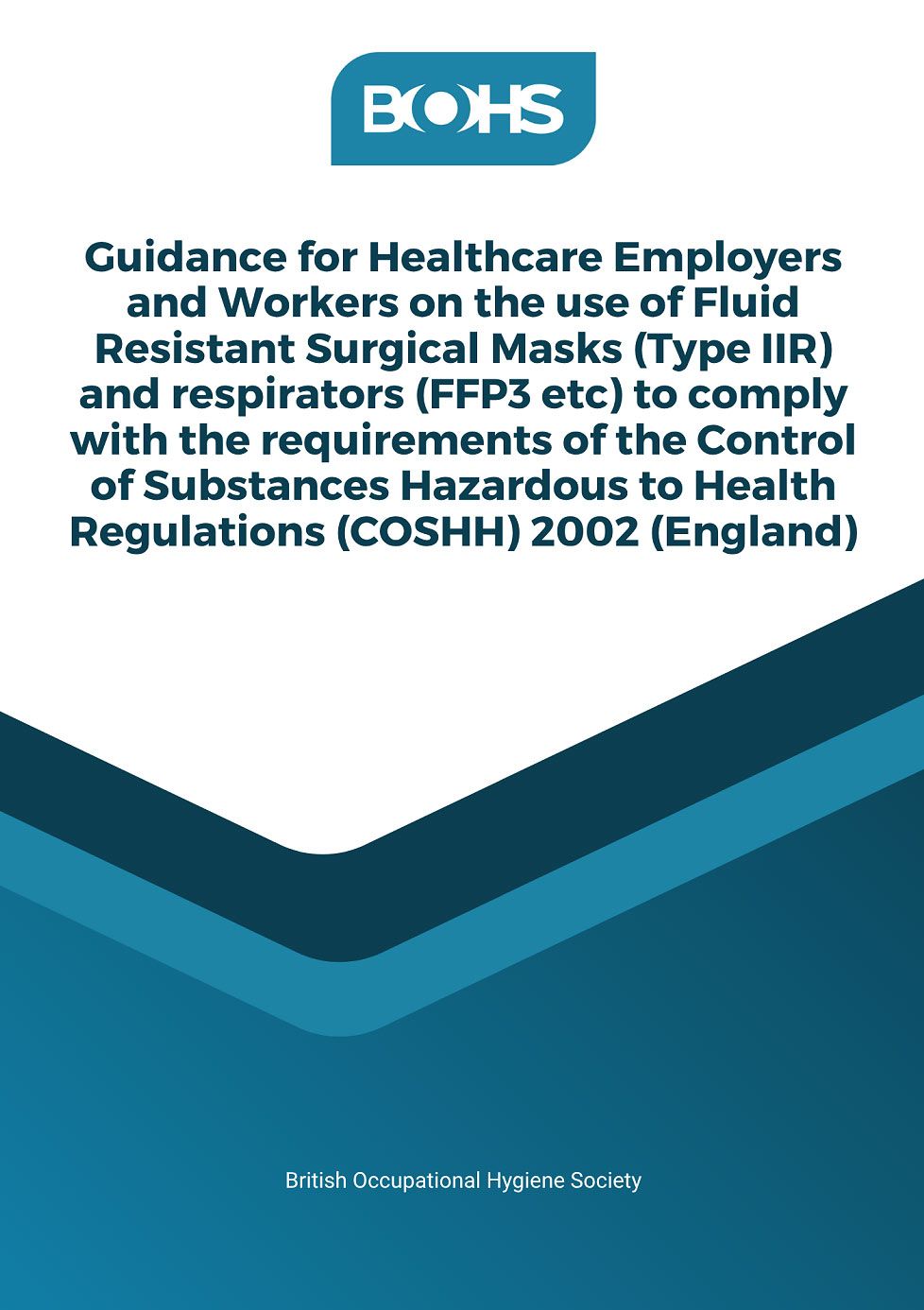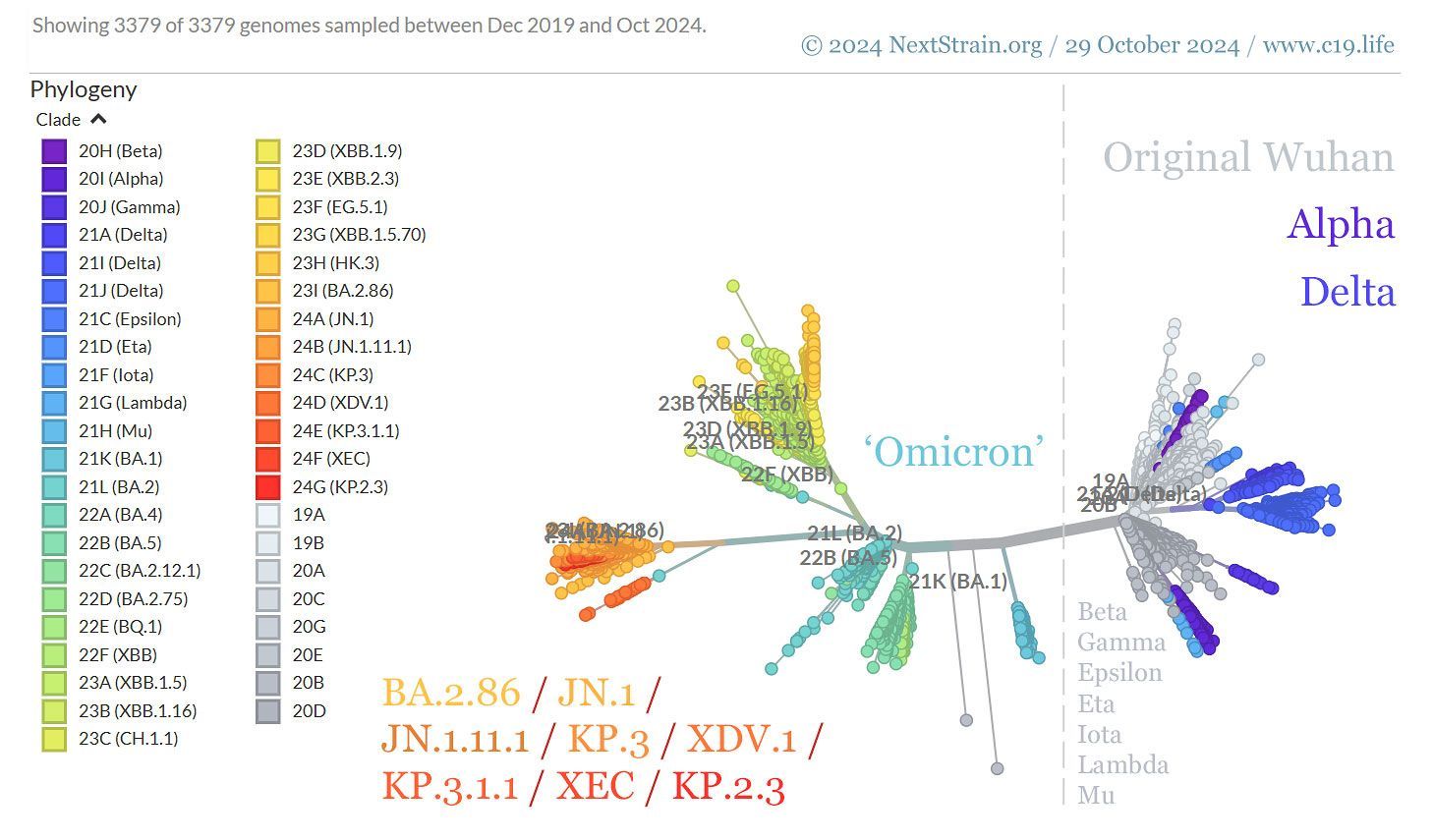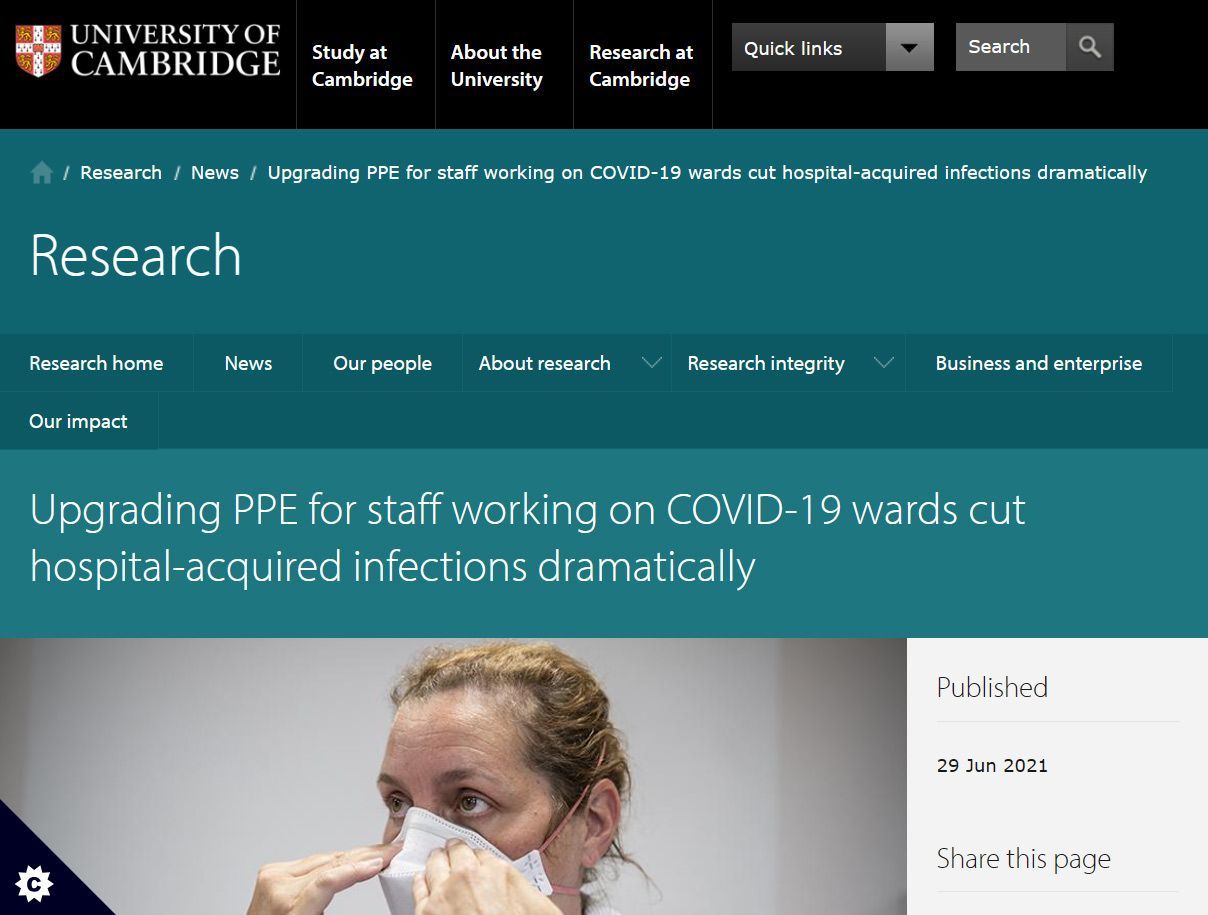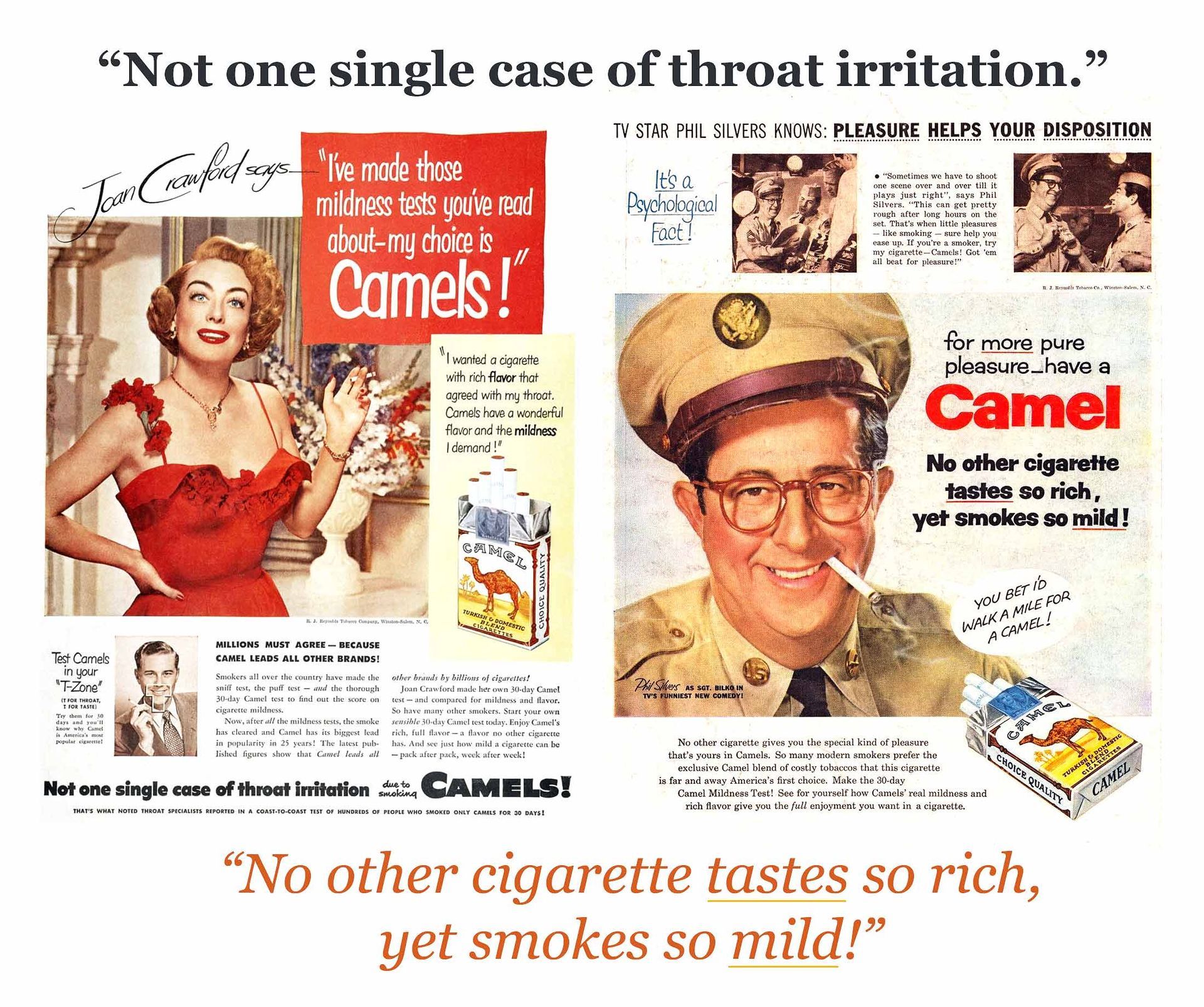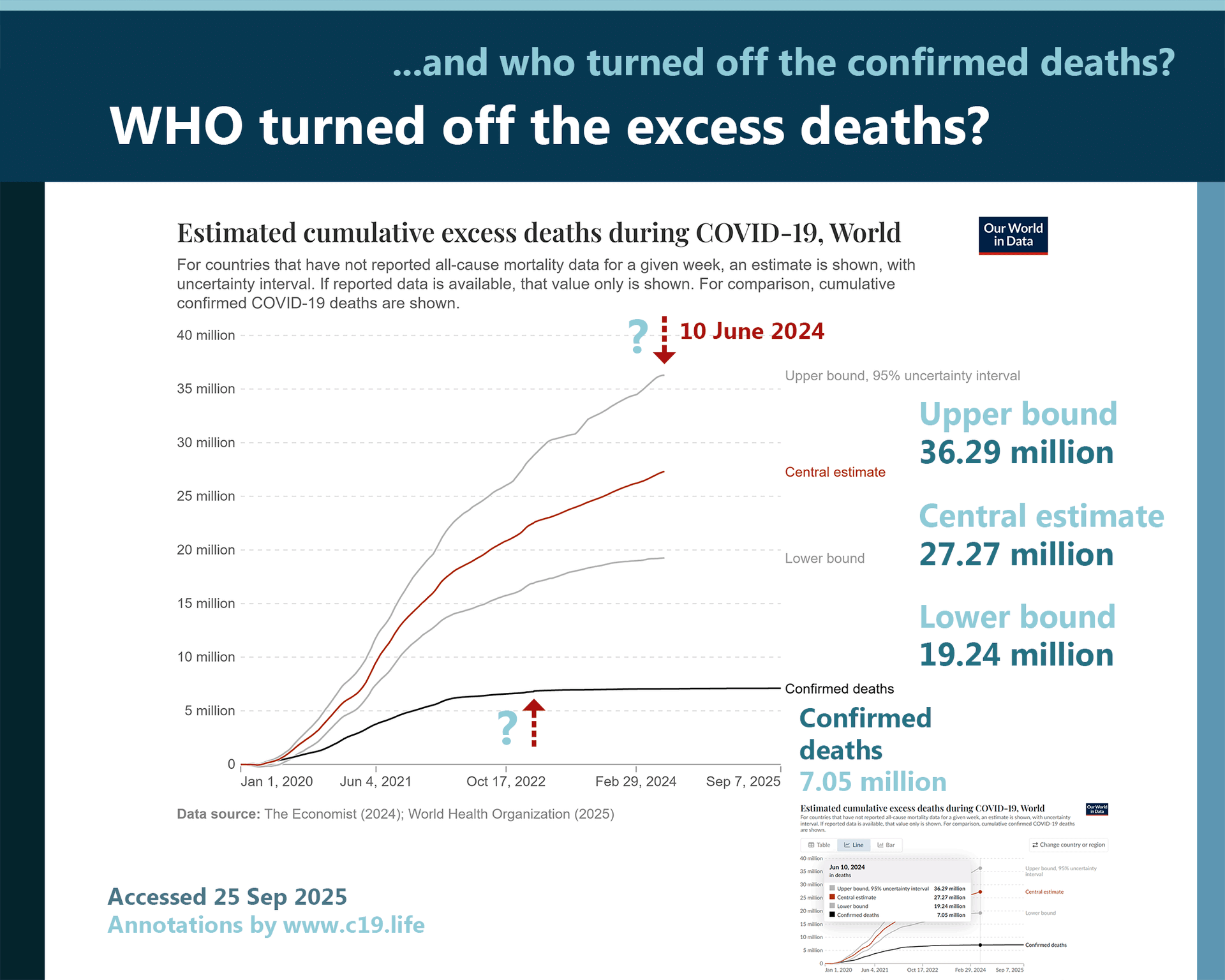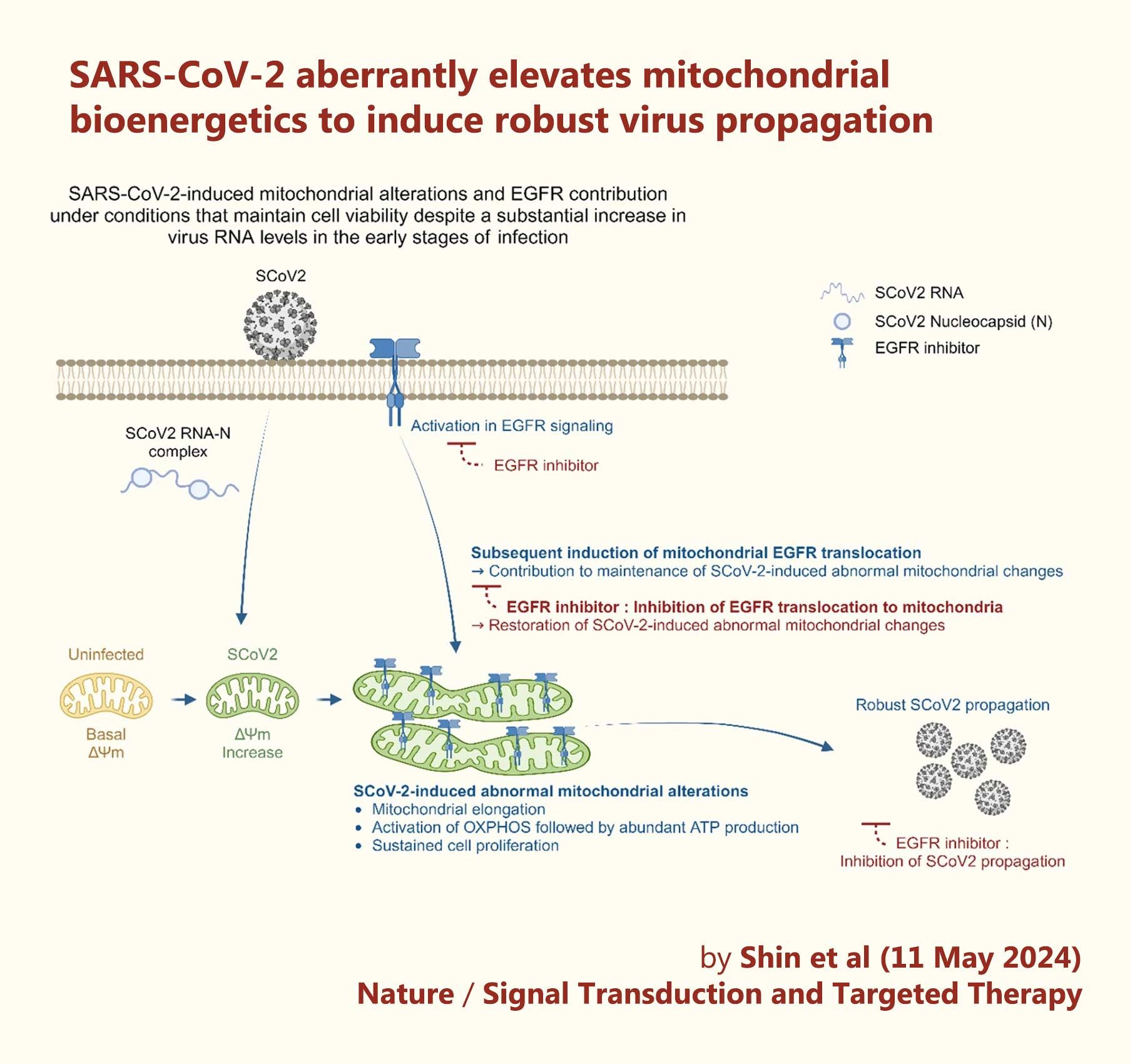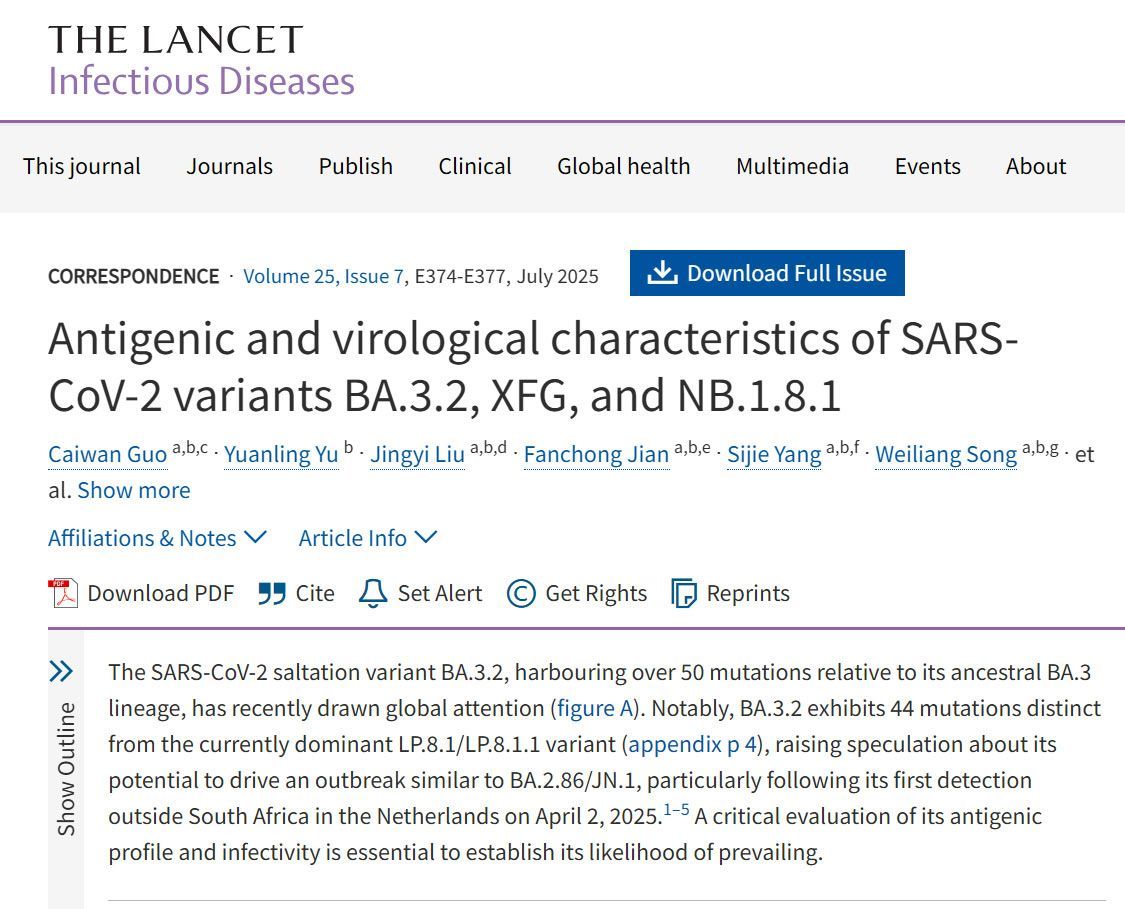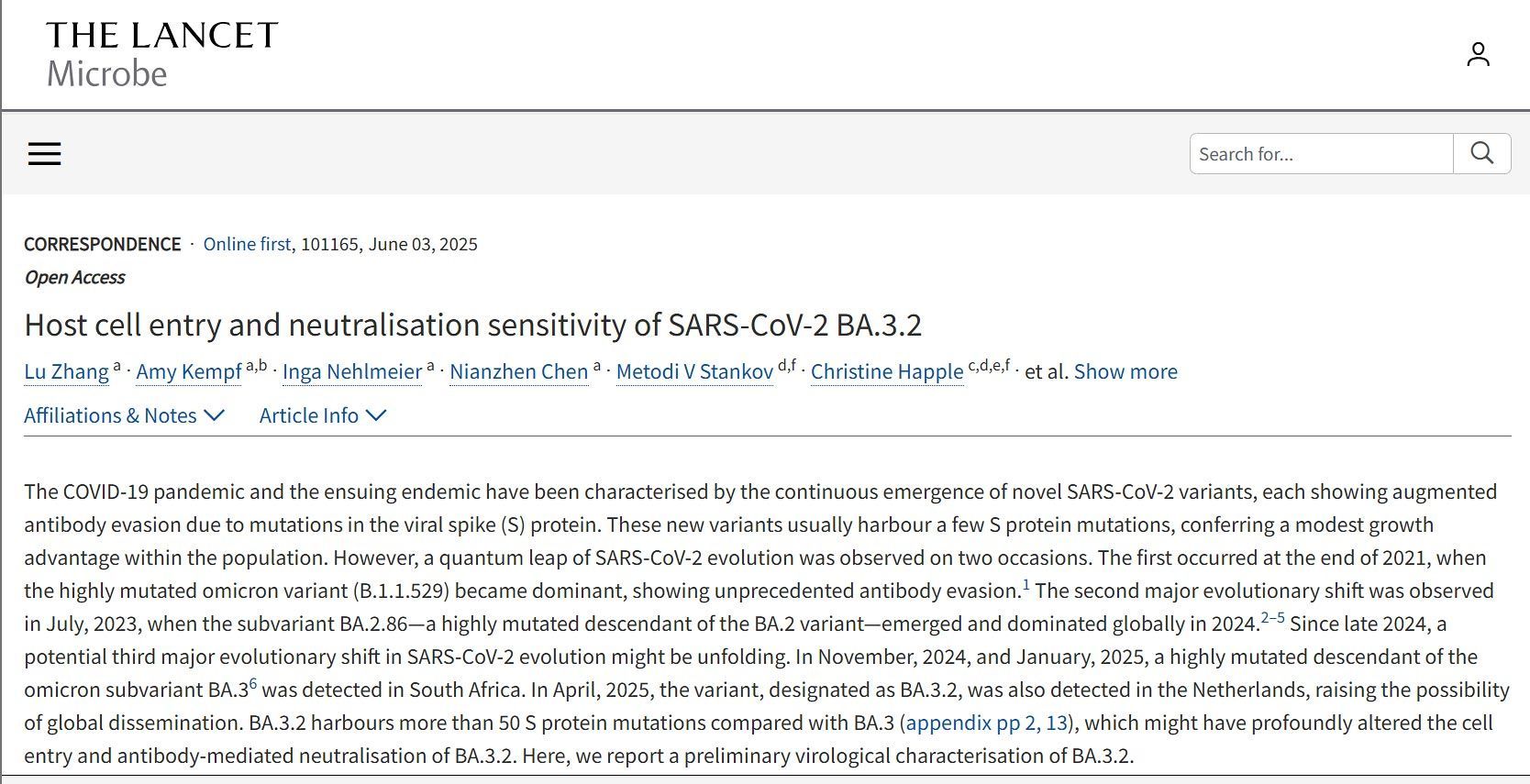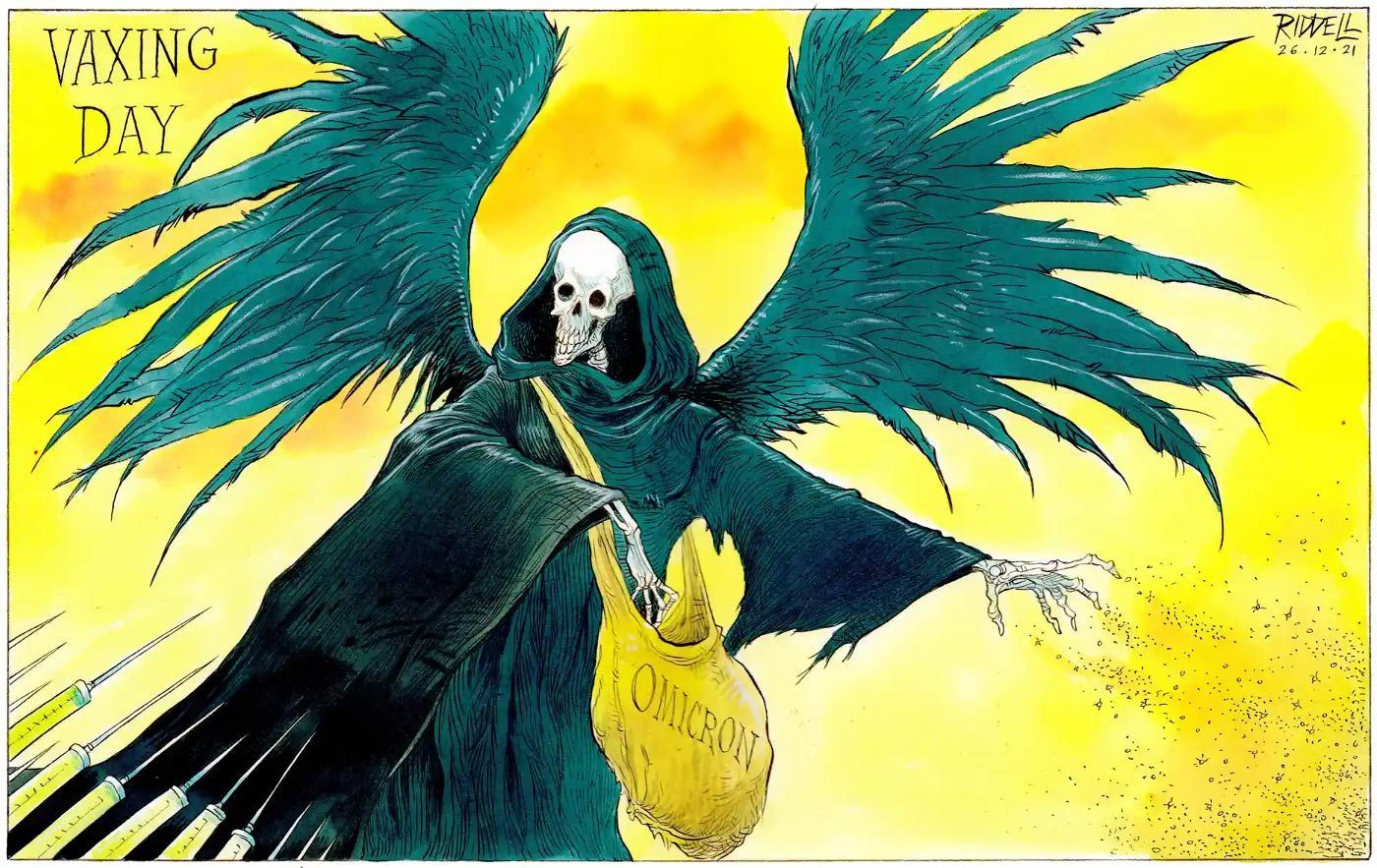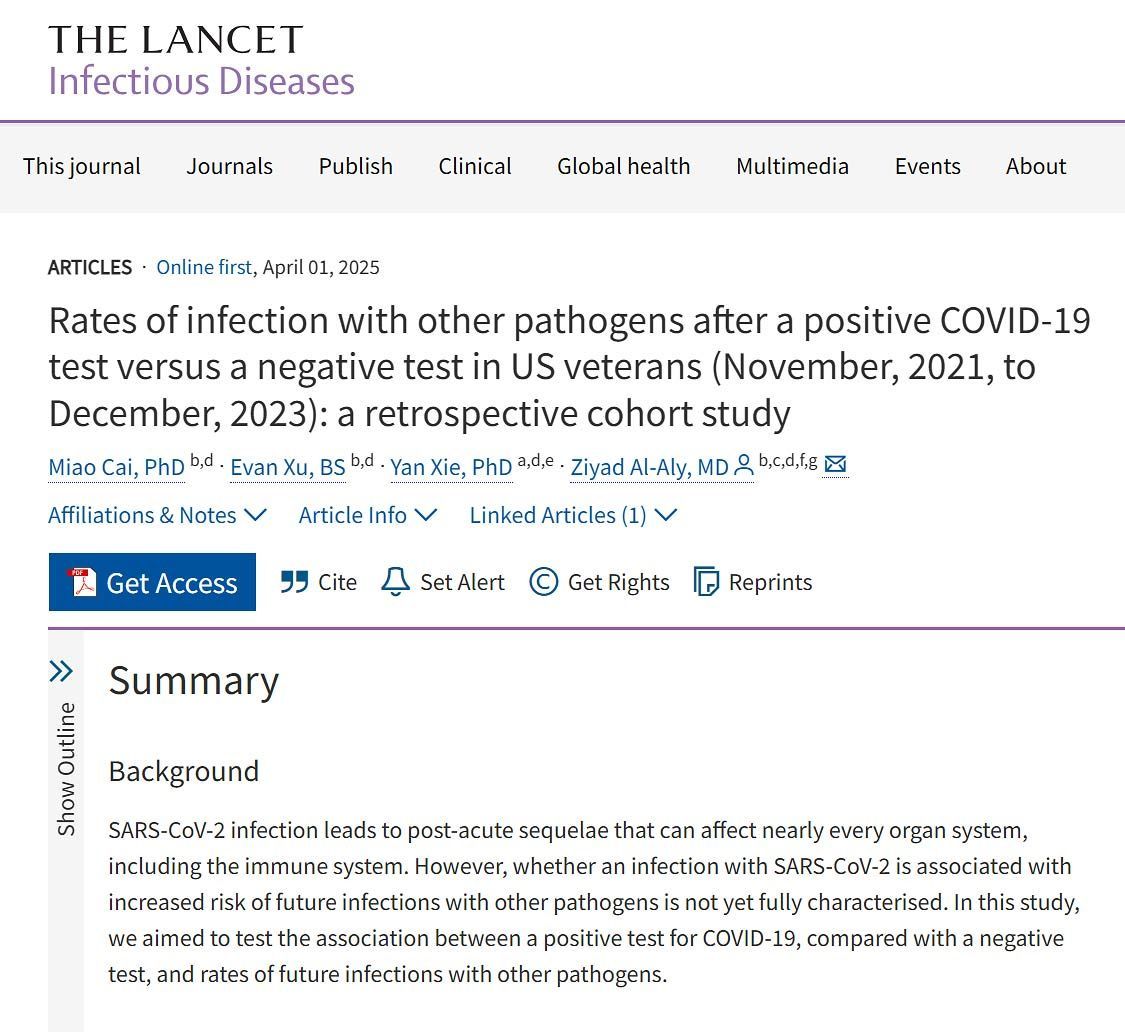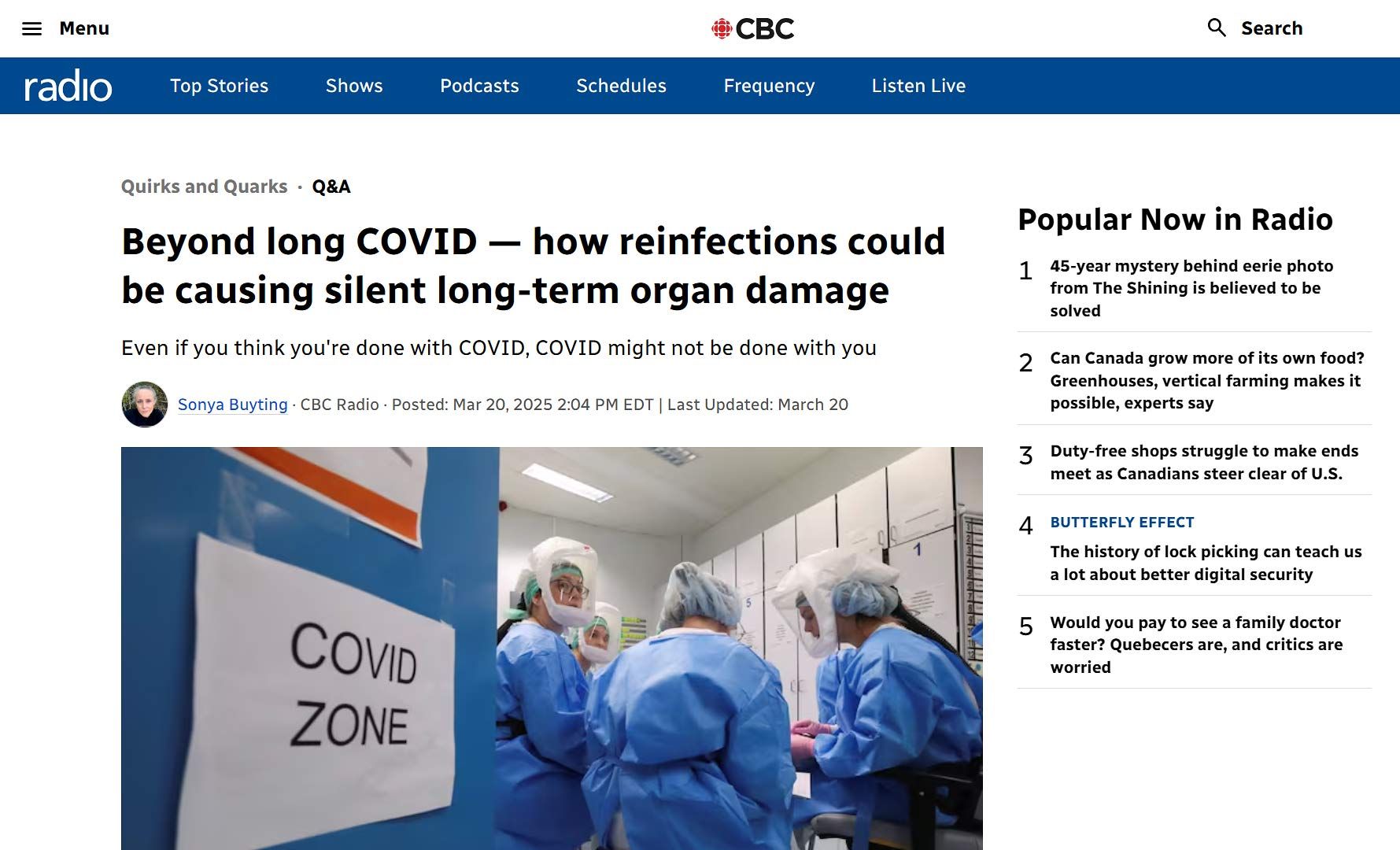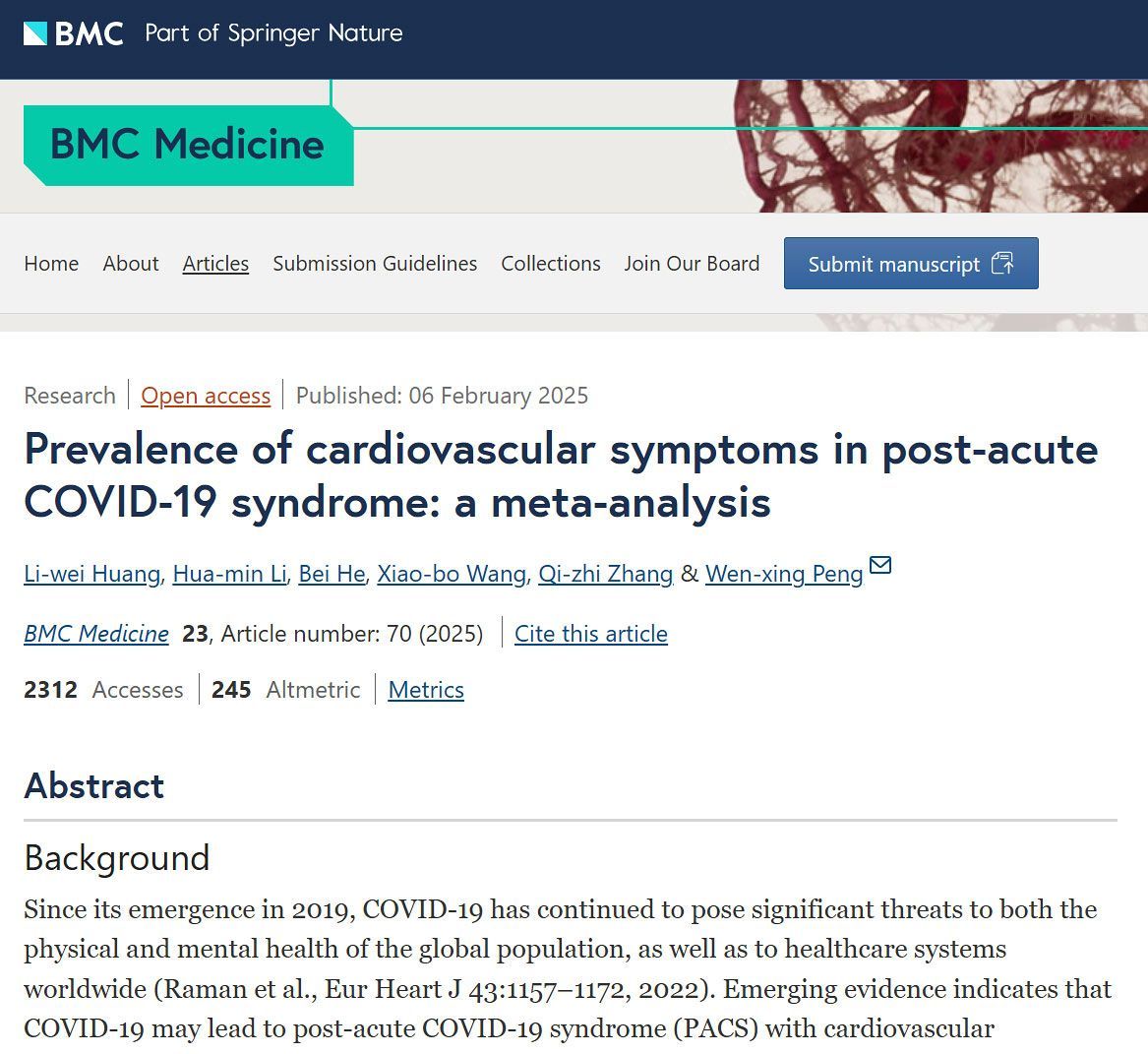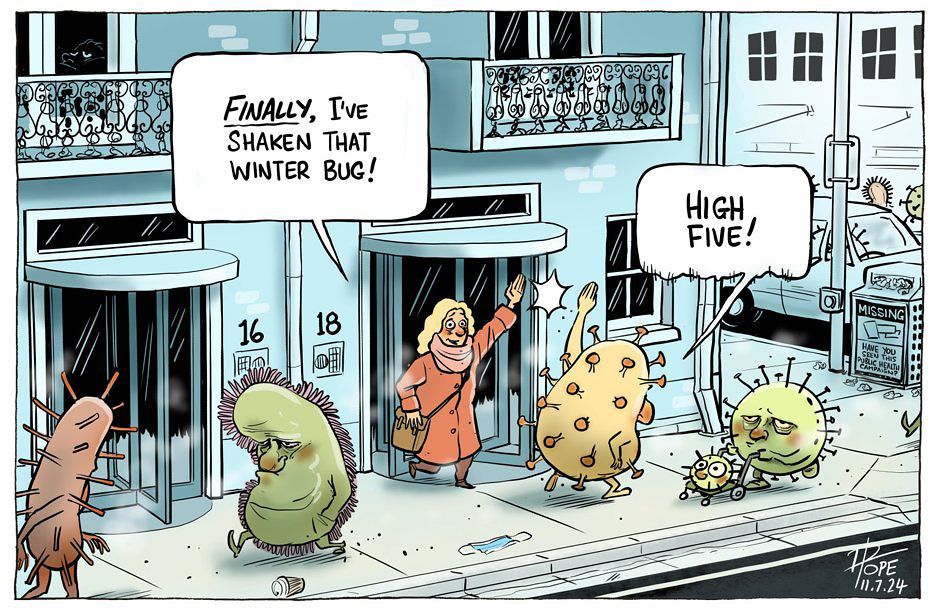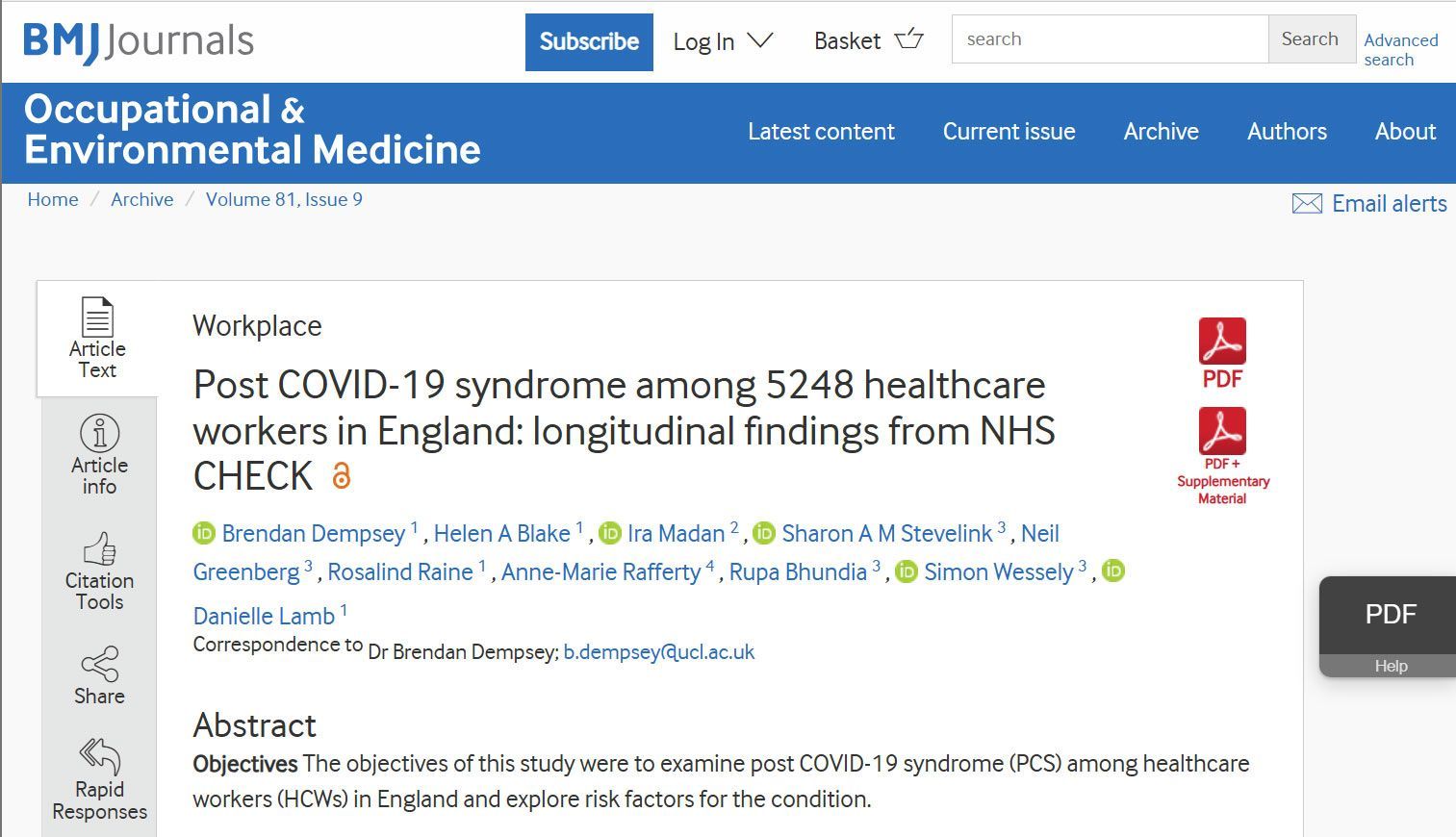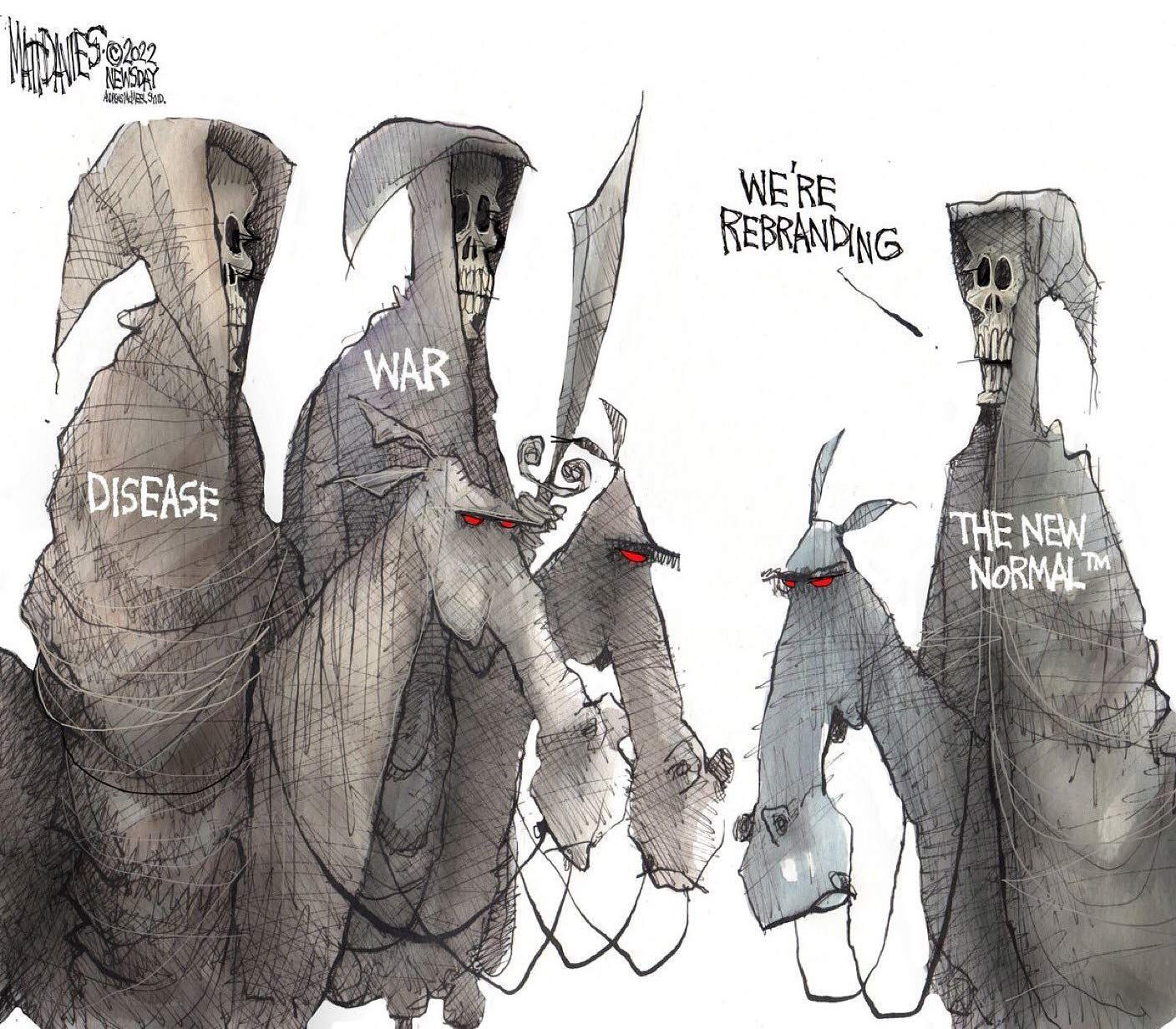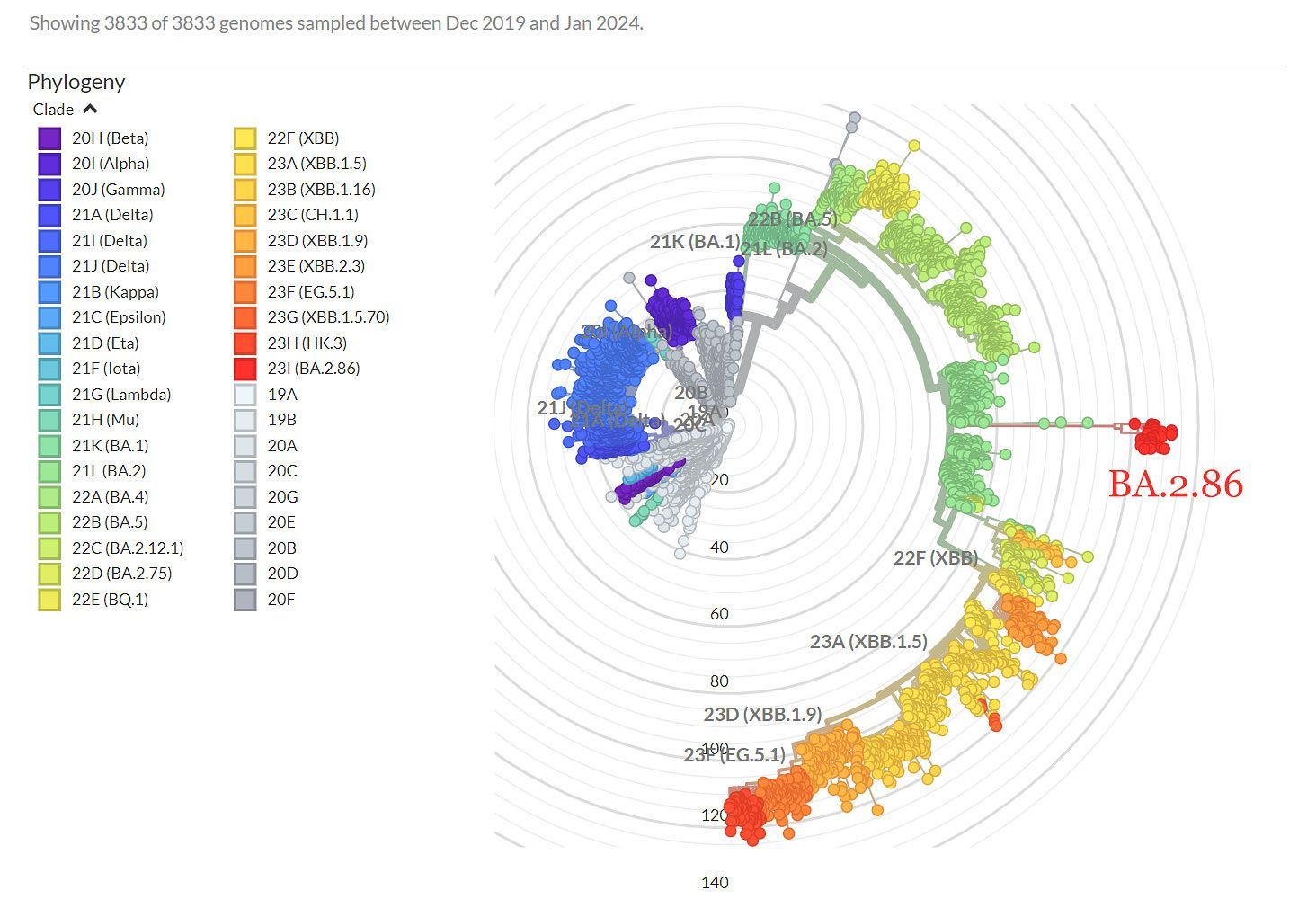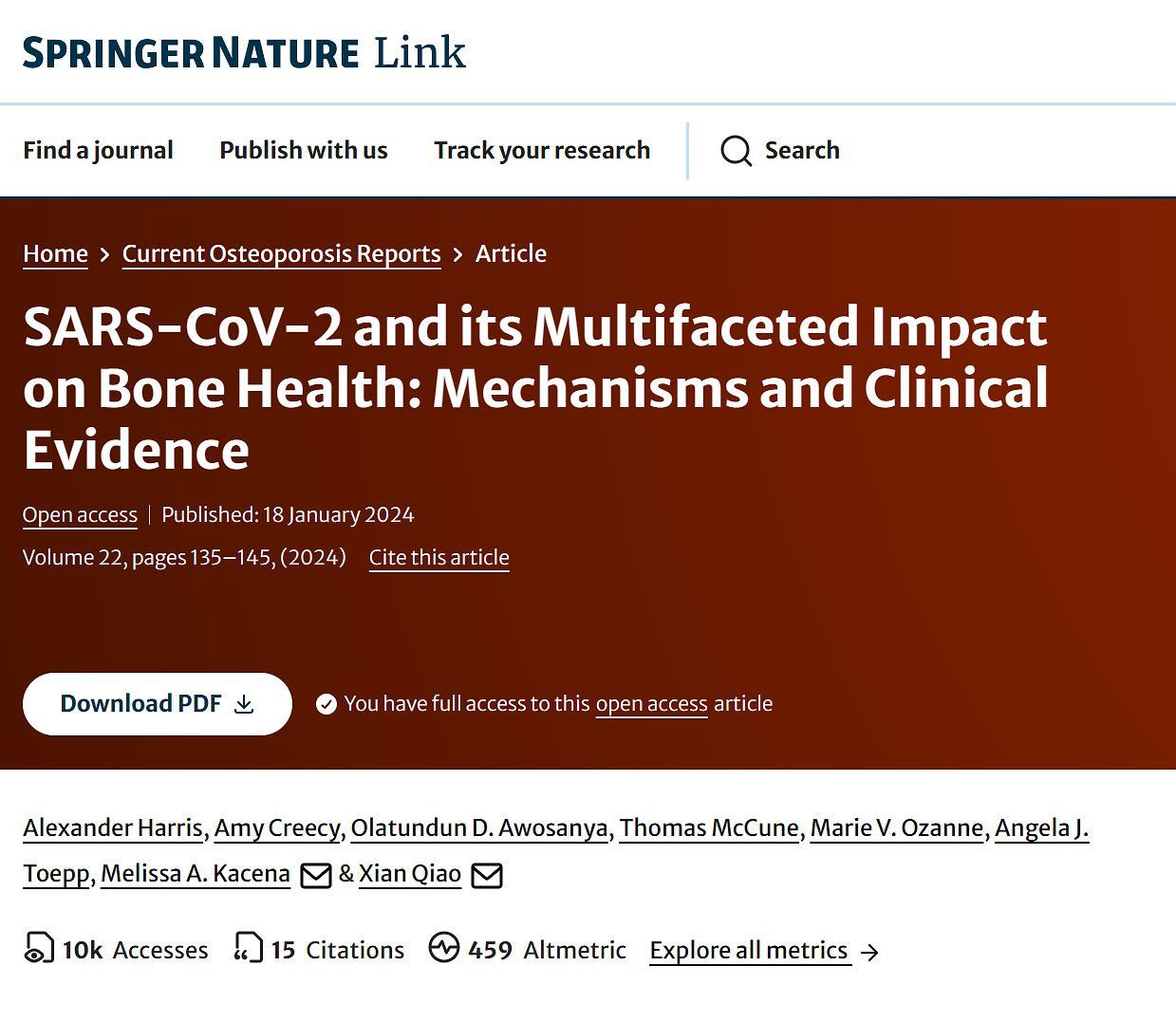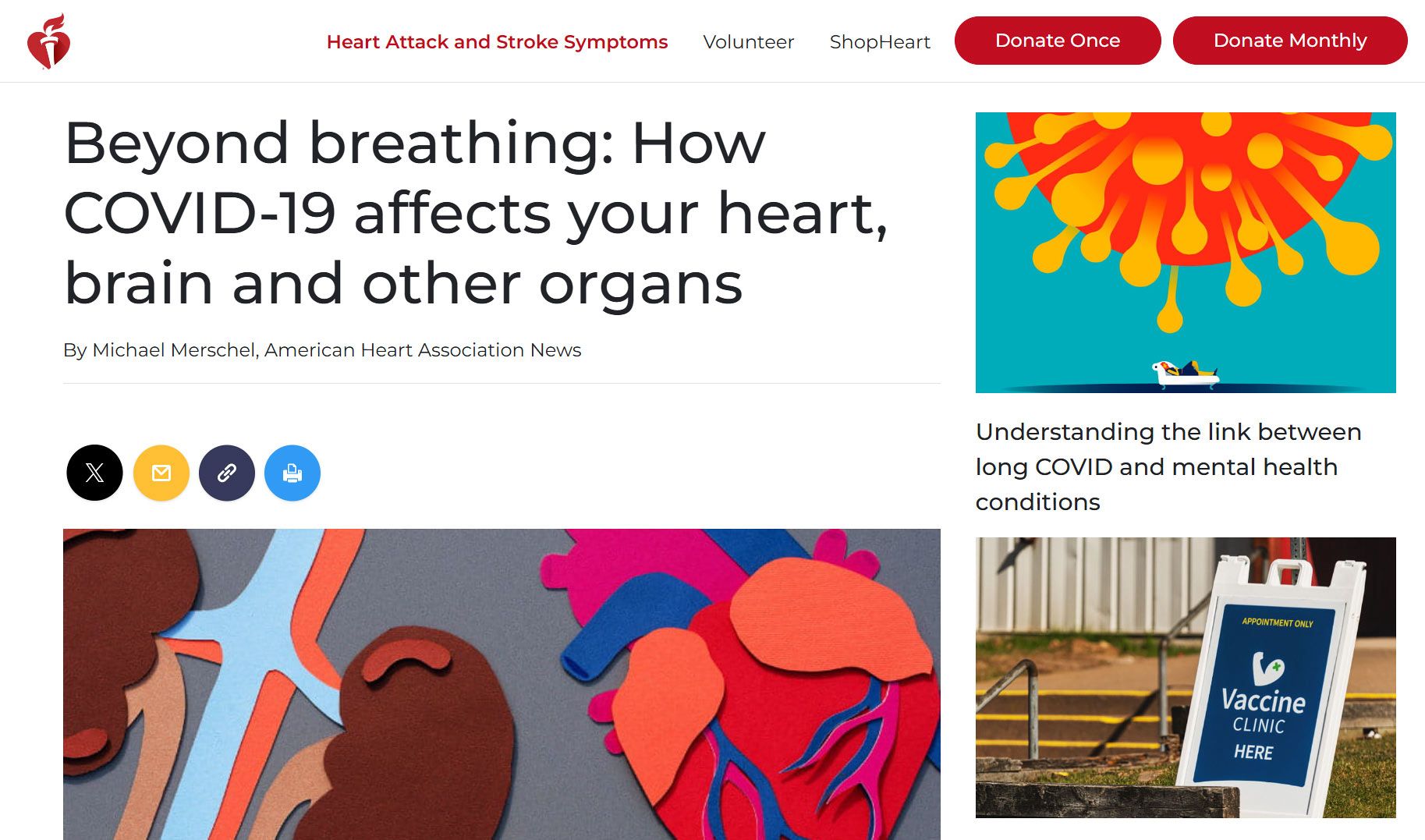➲ Home ➲ C-19 Archives
On airborne transmission of SARS-CoV-2 (COVID-19)
❦ SARS-CoV-2 – the virus that causes COVID-19 – is airborne.
In May 2021, the WHO officially recognised that SARS-CoV-2 is airborne via microscopic aerosols – meaning that the virus is transmissible through the air at both long and short range.
✾

Infographic illustrating short- and long-range airborne transmission of SARS-CoV-2 (COVID-19).
© 2025 The World Health Organization: ‘Indoor airborne risk assessment in the context of SARS-CoV-2’. [Graphic & document available from the WHO in PDF format only ➤]
❦ Infections from direct body contact (eg. holding hands), or from fomites (touching infected objects) are low-risk.
The
airborne route, via
short- or
long-range aerosol, is
high risk and acknowledged to be the
dominant form of transmission.
❦ What are ‘aerosols’?
Aerosols are microscopic droplets suspended in the air, and move through a space much like cigarette smoke.

📖 (29 Oct 2020 ~ El País) A room, a bar and a classroom: how the coronavirus is spread through the air ➤
‘Without air-filtration or ventilation, infectious aerosols remain suspended in the air, becoming increasingly concentrated as time goes by.’
© 2020 El País.
❦ While larger droplets are commonly produced by coughing or sneezing, airborne aerosols are produced when a person exhales – including breathing, talking, singing, shouting, coughing or sneezing.

📖 (29 Oct 2020 ~ El País) A room, a bar and a classroom: how the coronavirus is spread through the air ➤
‘Six people get together in a private home, one of whom is infected.
Irrespective of whether safe distances are maintained, if the six people spend four hours* together talking loudly without wearing a face mask in a room with no ventilation, five will become infected.’
* Note: The infectiousness of SARS-CoV-2 has greatly increased since this 2020 scenario: infection times with current 2025 variants can be counted in seconds and minutes than hours.
© 2020 El País.
❦ And while heavier droplets fall to the ground within seconds, infectious aerosols can accumulate and stay airborne for minutes to hours in enclosed spaces.

📖 (17 Jun 2020 ~ El País) An analysis of three Covid-19 outbreaks: how they happened and how they can be avoided ➤
© 2020 El País.
❦ Virus-laden aerosols can be present and cause infection long after an infected person has left a room, a shop, a hospital, a GP’s surgery, a pharmacy, a classroom, a bus or a train.

📖 (17 Jun 2020 ~ El País) An analysis of three Covid-19 outbreaks: how they happened and how they can be avoided ➤
© 2020 El País.
❦ ‘Buildings play a critical role in minimising, or conversely exacerbating, the spread of airborne infectious diseases.
COVID-19 outbreaks largely occur indoors – and in-room long-range transmission beyond two meters (six feet) has been well-documented in conditions with no masking and low ventilation rates.’
📖 (1 Apr 2021 ~ The Lancet COVID-19 Commission) The Lancet COVID‐19 Commission Task Force on Safe Work, Safe School, and Safe Travel: Designing infectious disease resilience into school buildings through improvements to ventilation and air cleaning. ➲
“Droplets and surfaces are very convenient for people in power – all of the responsibility is on the individual.
On the other hand, if you admit [SARS-CoV-2] is airborne, institutions, governments, and companies have to do something.”
Professor Jose-Luis Jimenez (2 Oct 2021) ➤

📖 (29 Oct 2020 ~ El País) A room, a bar and a classroom: how the coronavirus is spread through the air ➤
‘The riskiest scenario [in a school] is a classroom with no ventilation and the teacher – Patient Zero – as the infected person.
If two hours* are spent in the classroom with an infected teacher, without taking any measures to counter the number of aerosols, there is the risk that up to 12 students could become infected.’
* Note: The infectiousness of SARS-CoV-2 has greatly increased since this early 2020 scenario: airborne person-to-person infections can be counted in seconds and minutes (2025 variants) than hours.
© 2020 Luis Almodóvar / El País.
Infected asymptomatic people (people who are infectious but not showing symptoms, or up to 60% of transmission cases) may not be aware that they are ejecting virus-laden aerosols into the air that you breathe.
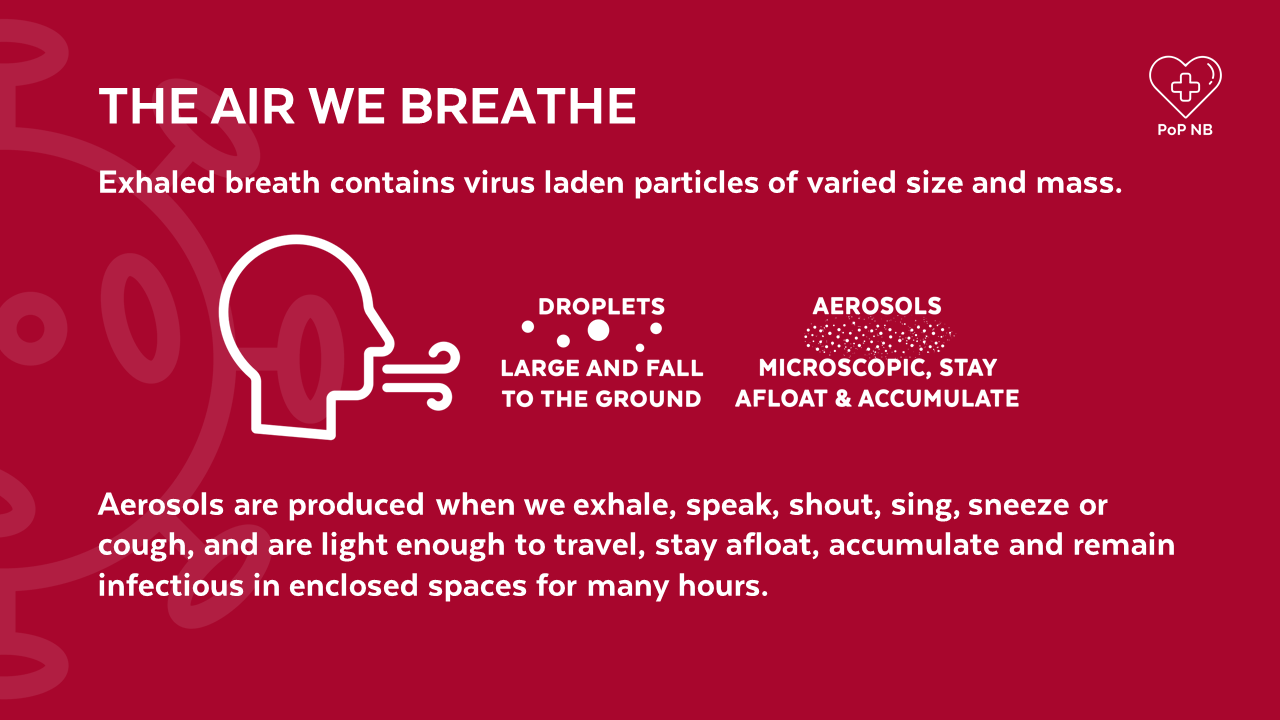
© 2024 Protect our Province: New Brunswick ~ ‘The Air We Breathe: Covid is Airborne’ ➤

© 2024 Protect our Province: New Brunswick ~ ‘Ventilation, CO2 and Risk’ ➤
Other serious and potentially life-threatening airborne infectious diseases spread by aerosol include:
- Measles
- TB (tuberculosis)
- Influenza
- Respiratory Syncytial Virus (RSV)
- Human Rhinovirus (HRV)
- Pneumonia
- Adenovirus
- Enterovirus
- Severe Acute Respiratory Syndrome Coronavirus (SARS-1)
- and Middle East Respiratory Syndrome Coronavirus (MERS-CoV).
‘Our very serious concerns relate to the risk of aerosol/airborne infection; RCN and BMA members working in all settings are raising concerns that they are not adequately protected.
Our members are concerned that fluid-repellent surgical face masks [FRSM] and face coverings, as currently advised in most general healthcare settings, do not protect against smaller more infective aerosols.’
The Royal College of Nursing (RCN) and The British Medical Association (BMA) ~ (21 Jan 2021) ➲

Infographic © 2024 CovidisAirborne.org (University of Denver) ➤
✾ Research-level science articles on airborne transmission and prevention at CovidisAirborne.org ➤
✾ Media articles on airborne transmission and prevention at CovidisAirborne.org ➤
Studies, articles & comment on... Airborne SARS-CoV-2 transmission
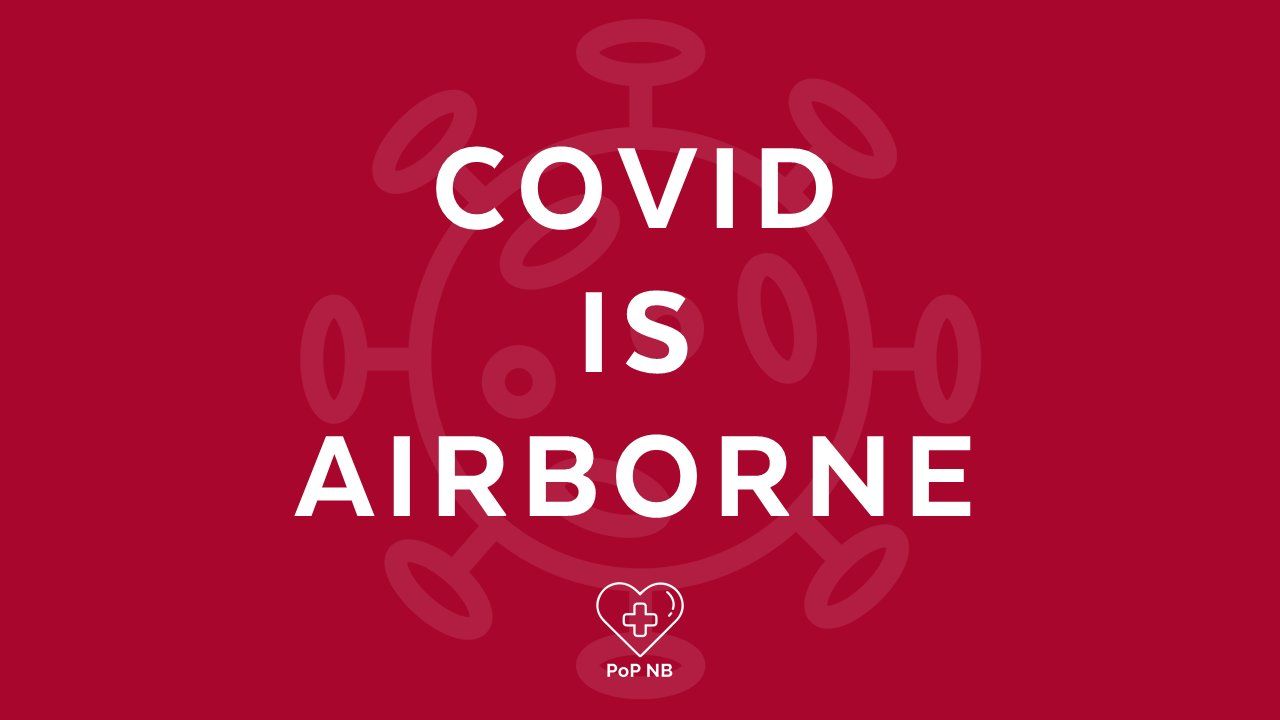















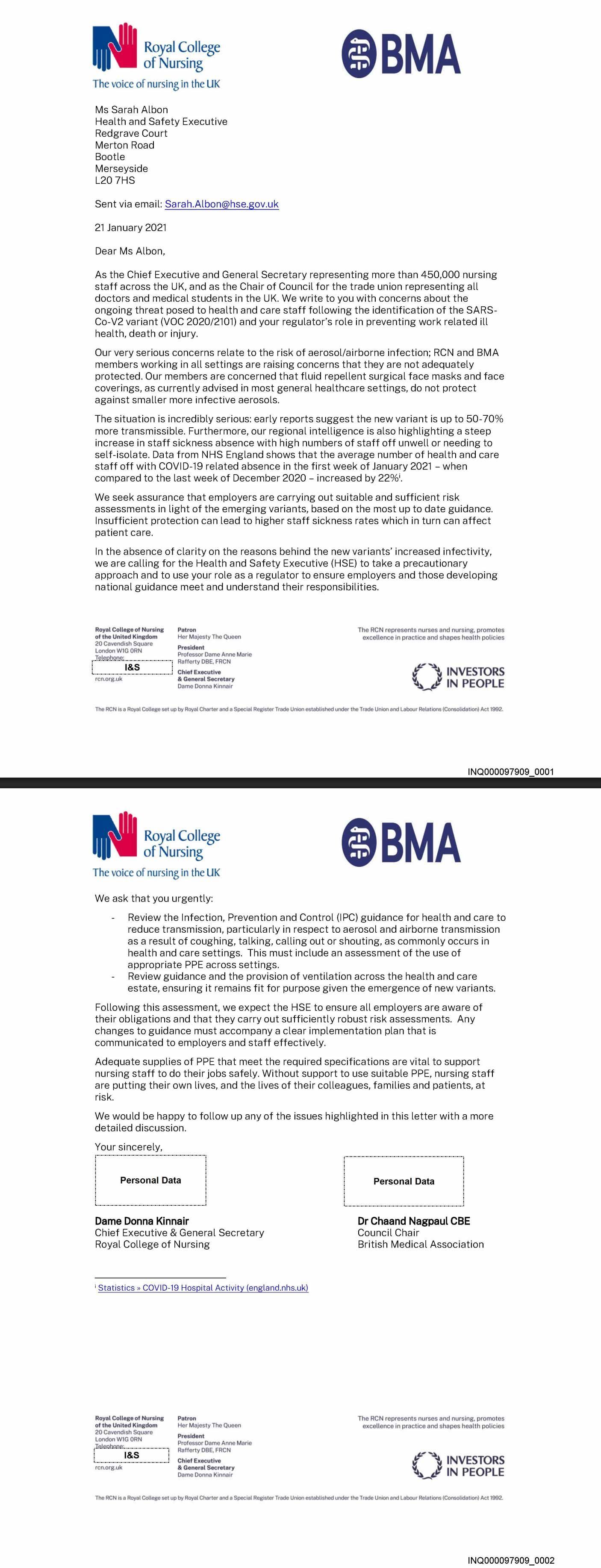
More on... Transmission
C-19: Archives
Useful search tags:
airborne / air filtration / babies & children / body / brain / C19.Life / cancer / comment / COSHH / dementia / economy / elders / excess deaths / exercise / flu / healthcare workers (HCW) / heart / HEPA / history / HIV / hospitals / immunity / influenza / Lisa Iannattone / long covid / lungs / lymphopenia / mitochondria / muscles / musculoskeletal / NHS / NHS estates / Noor Bari / nosocomial / PEM / parkinson’s / propaganda / reinfections / reproduction and pregnancy / resources / respirators / respiratory / risk / SARS(-CoV-1) / schools / Semmelweis / solutions / transmission / UKHSA / universities / UVC / vaccines / variants / WHO / young adults / zoonosis
